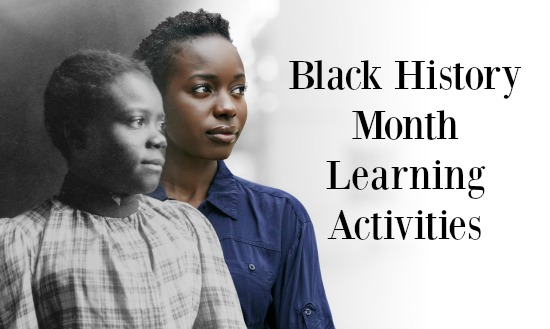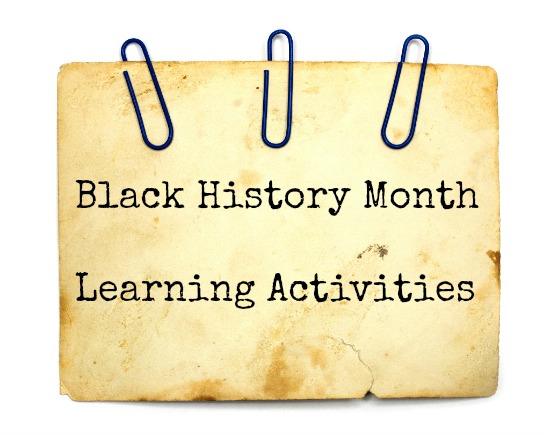
Black History Month is celebrated every February across the United States. Modern Black history typically begins with the 1800s and continues through to the present day. There are many different ways you can incorporate learning about Black History in your homeschool lesson plans. The story of the African-American population can best be understood through the events, icons and places that have helped to shape their culture.
This month-long celebration of African-American history is a great way to explore cultural diversity and provide opportunities for your children to exercise their creativity.
Here are several ideas for celebrating Black History Month for homeschoolers.
Pivotal Moments Timeline
With your children, draw a time line of important dates in Black history, like the Emancipation Proclamation in 1863 and the beginning of Black History Month in 1970. Key events like the Washington, D.C., march of 1963, and the subsequent “I Have A Dream” speech by Dr. Martin Luther King, Jr. are also pivotal moments. Encourage your children to decorate the timeline with original artwork of their own.
Difference Makers
Another approach to Black history month is to feature key individuals in Black history. Have your children make a poster called “Difference Makers” and give short biographies on these legendary figures. Certain advancements in Black history were made by the sacrifices and accomplishments of brave individuals like Frederick Douglass, Harriet Tubman and Abraham Lincoln.
Your children can can also create superhero biographies to highlight inventions and products created by prominent African-Americans. The scientist Benjamin Banneker is credited with America’s first clock, Henry Brown built the first fire safe and George Washington Carver is the creator of more than 300 peanut products. Have your children use a combination of images and texts to make a superhero style biography page for these individuals and their contributions.
Toward the end of the month, your students can design their own Black History Month superhero team and make comic book pages to describe their exploits.
Historical Sites
Black History Month can be further studied by exploring the places and locations which hold significance to the African American plight for equality and freedom. To highlight these focal points in history, make three-dimensional models of these buildings that catch the eye and invite further exploration. For example, the world famous Apollo Theater in Harlem, New York has hosted performances from some of the greatest African-American singers such as Billie Holiday and Ella Fitzgerald. Have your students research the unique structure and architecture of the Apollo Theater. Then, make cut-out versions of the theater. Of course, if you’re lucky enough to have any of these places within driving distance, be sure to take a field trip!
African-American history is complex, nuanced and punctuated with hardships that can prove challenging to even the best educators. The goal of Black History Month is to create a lasting impression about the contributions of African-Americans to society. It’s not just for February! Encourage your children to embrace Black History month through their creativity and imagination.

